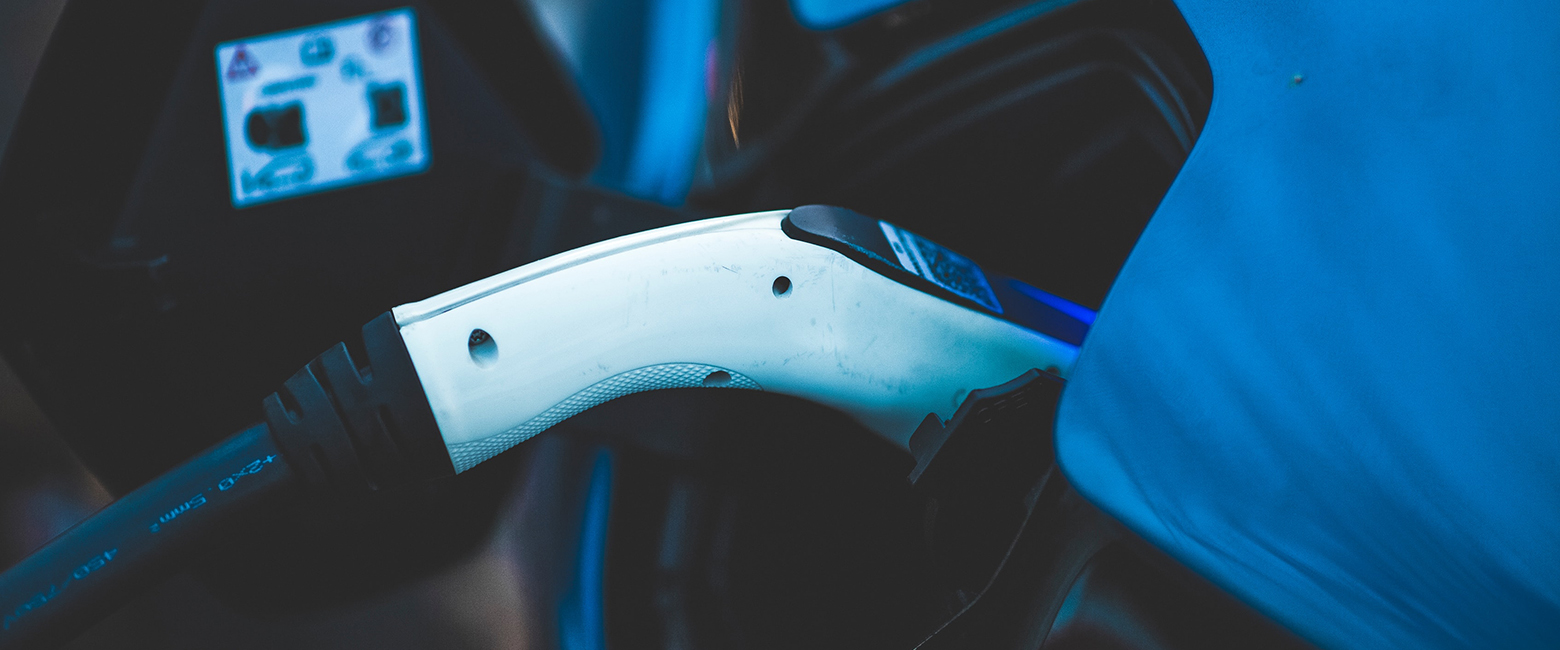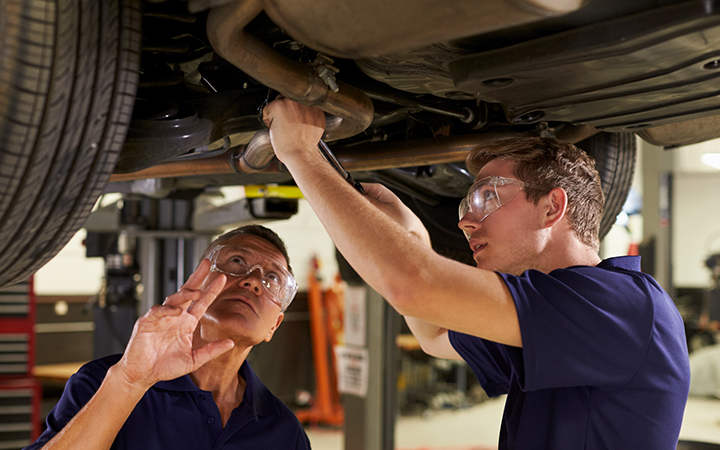Although our State of the Nation Report for 2022 showed 39% of Members see no EVs or hybrids at all in an average month, and those who do see any see on average only four, that’s set to increase as governments push the adoption of EVs in a bid to meet netzero targets and vehicle manufacturers stop producing internal combustion engines (ICE).
Given we know this transition is coming, and given it will take four or five years for any mass uptake of new EVs sold by dealerships to filter through to the aftermarket, now is a good time for Members to research, take stock, and work out a strategy for long-term commercial success. Which is precisely why, late last year, Capricorn commissioned a study into a group of European markets where EV uptake is more advanced than it is in Australia and New Zealand, to see what lessons can be learned and to help Members prepare for what’s coming down the pipeline. After all, EVs are replaced sooner and require 30 to 50% less servicing than ICE vehicles, and changing business models mean OEM manufacturers will seek to keep as much of the servicing task as possible. This is a seismic disruption to our industry and to Members’ own business models. But it’s also a fantastic opportunity for those who embrace it.
Capricorn’s General Manager of Innovation and Corporate Development, Kim Radalj, was one of a small group to tour the UK, Norway and Sweden — three markets at different stages of adoption — to see what lessons could be learned.
“In Norway, you have high adoption (80% of new car sales) because they’ve been focused on EVs for the best part of 20 years,” Kim said. In Sweden, EVs are 60% of new car sales. “The UK has (where EVs are 30% of new car sales) recently started to put in place policies, like the City of London’s No Emission Zone. And you’re seeing, across those three countries, a real push to decarbonise the transport sector. We really wanted to understand, from the workshop level, what the impact was going to be and some of the things that our Members might need to consider for those thinking about transitioning towards hybrid and electric vehicles.”
The research group visited vehicle manufacturers, industry bodies, training organisations, workshops and parts suppliers.
These are the five big takeaways from the research:
There are no signs of workshops or service work falling in the UK, Norway or Sweden.
Kim said demand for cars has continued to grow and while new car sales are highly skewed to EV, aftermarket workshops are largely still servicing ICE vehicles as the overall car parc is much larger than new car sales.
“Even in Norway, you could still see in the workshops a preponderance of combustion engine vehicles in the aftermarket,” Kim said. “It will take time for the EVs to flow through.” About one in five vehicles currently on the road in Norway are EVs.
OEMs are responding ahead of time and will seek to maximise aftermarket share to maximise revenue
While service markets exist, OEMs have strong incentives to retain as much ICE servicing business beyond the warranty period as possible. It also sets them up to ensure that when a consumer switches to an EV they remain brand loyal.
The research group also reported that it appeared agency-based models, as trialled by Mercedes in Australia, could become the new norm, with shifts in that direction in all markets. The agency model flips dealers to commission-based models and keeps more control with the OEM. This approach also allows direct-to-consumer distribution models without risking channel conflict, and appears to be a strategic response to Tesla.
“In a low parts, low service technology like EV, it enables better margin control,” the research group said. “OEMs also retain strong control over dealer groups through training accreditation and monetisation of hardware (e.g. battery chargers) and software (security gateways, updates).”
Three key elements of EV service are safety, safety, and safety
At the heart of training are very strict occupational health and safety requirements, ensuring sufficient certification has been obtained by people seeking to do high-voltage work. “Safety is paramount in the EV world,” Kim said. “There are high safety requirements, training and awareness. That’s from people who are first responders all the way through to smash repairers and mechanical workshops, because of the high-voltage nature of the vehicles.
Sweat the small stuff at the local workshop level
EVs are a higher churn model, requiring far fewer service hours than traditional vehicles, so the “drop and go for the day” servicing model is not going to work as it will cause customer congestion in workshop parking lots. Kim said Members may need to provide a pick-up and drop-back service instead, if there is no customer waiting area or there is insufficient space. Service needs will also
change. Oil changes, the main trigger for servicing in ICE vehicles, disappear completely. The newer batteries have a low failure rate, so battery repairs are unlikely to pick up the slack. Cooling systems and air conditioners will potentially become key service areas. Tyres, brakes and suspension will still need replacing but the research group warns, “what are servicing issues today may be designed out over time by OEMs.”
Training is the main cost, with equipment costs not prohibitive
Kim said if Members decide to provide EV servicing in their workshops, the main cost will be training staff — especially for specialist high-voltage work. The cost of tools, jacks and safety equipment is not onerous. It’s the battery servicing and high-voltage charging offerings where costs increase most.
Training is about 20 hours, including online, for base-level training, including hands-on training. For high-voltage technician credentials, training can take up to 20 days.
The research group found: “OEMs like Ford and GM are requiring significant capital investment for dealers to be premium EV workshops and receive stock. Ford have asked for a $900,000 investment to be a premium EV dealer.”
“The experience of independents is nowhere near this amount. Estimates for equipment for nonbattery repair work came in at only $5,000 for internal equipment needed.
“In Norway, 20% of cars are EV and workshops are investing in charging infrastructure on the apron and in adjoining car parks. Installation only becomes costly when installing fast or ultra-fast chargers that require local network upgrades.”
Different workshops in different markets will have different needs, but Kim said the important thing was that all Members should have one eye on the future.
“While the change is probably still a little way into the future, I think every Member should really start thinking about the EV markets they want to focus on, because not everyone is going to be doing battery repairs, which are quite technical,” he said. “Start learning and build familiarity. The investment ahead will be as much about skills and knowledge as it is about tools and equipment.”


